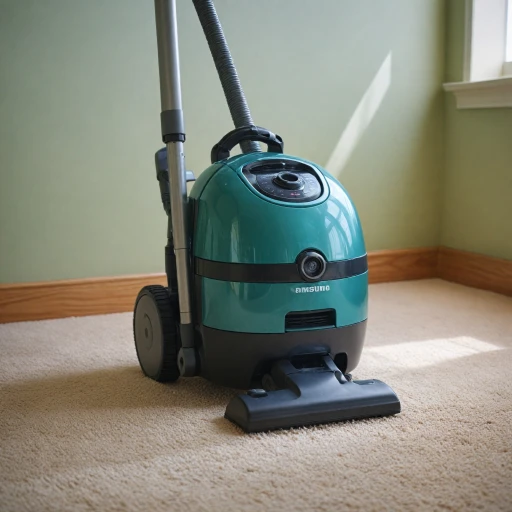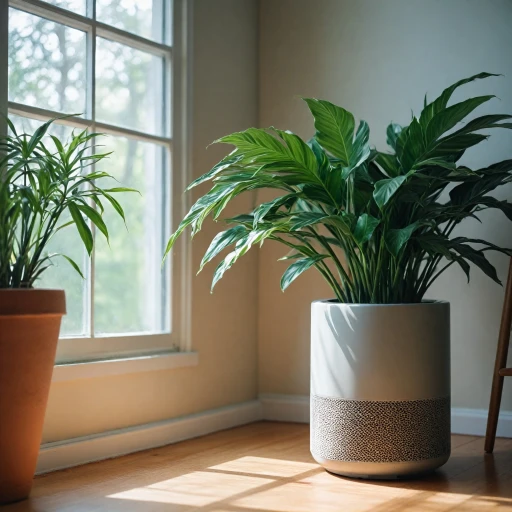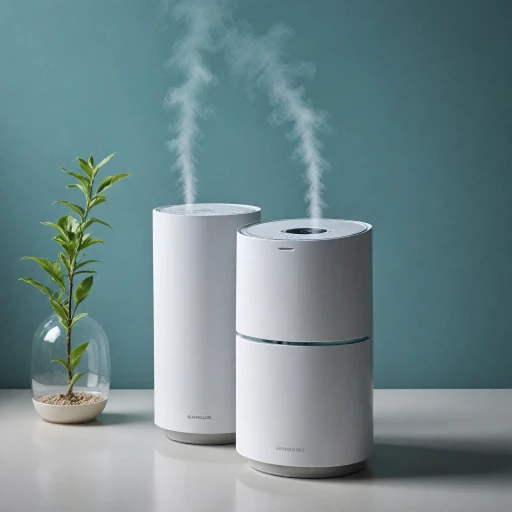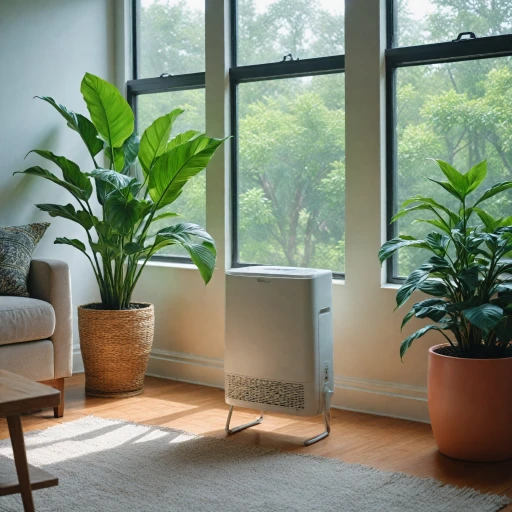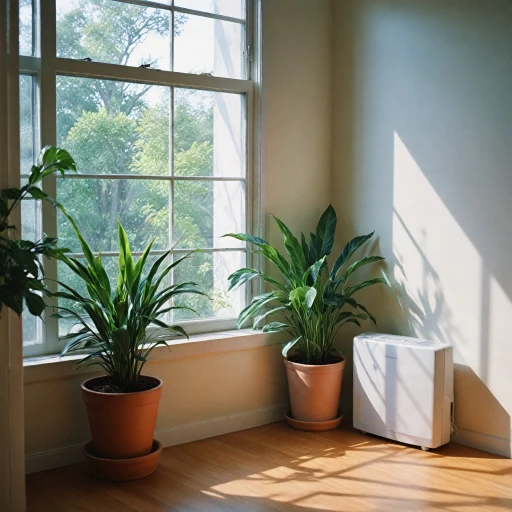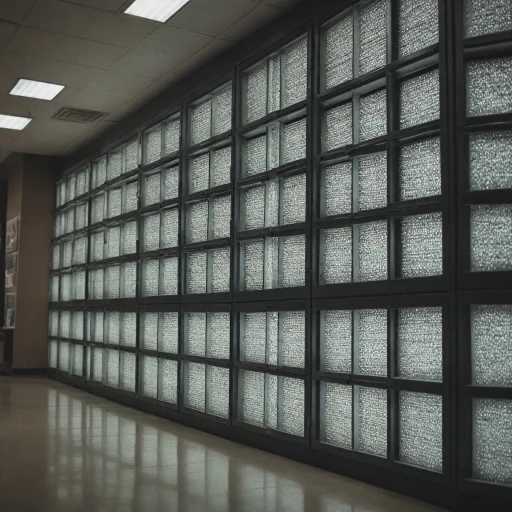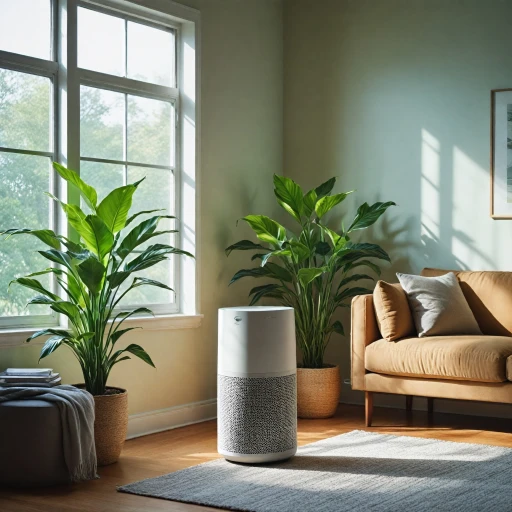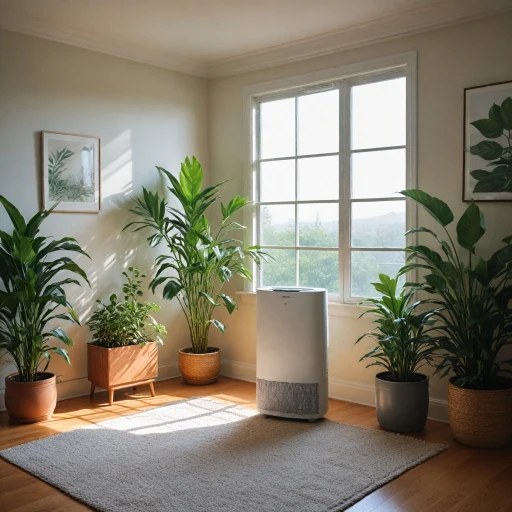
The Importance of Air Quality in Industrial Settings
The Growing Necessity for Clean Air
In modern industrial facilities, the quality of air is becoming a critical element that cannot be overlooked. The presence of pollutants such as dust, smoke, and volatile organic compounds (VOCs) can be detrimental not only to the health of workers but also to the operational efficiency of machinery. Industrial air purifiers, incorporating technologies like HEPA and carbon filters, play a crucial role in maintaining a safe and healthy environment.
Health Implications of Poor Air Quality
Airborne contaminants can lead to various respiratory issues and long-term health problems. This highlights the importance of implementing effective air filtration systems. With the rise of air pollution, commercial air solutions must now tackle not just visible particles but also microscopic threats that often escape regular filters.
Operational Efficiency
Beyond health, air quality directly impacts the operational aspects of industrial facilities. Clogged systems and inefficient machinery can lead to increased operational costs. By integrating portable air scrubbers or ceiling mount air cleaners, facilities can protect against unnecessary wear and tear, ultimately influencing the bottom line positively.
The goal of air purifiers is to ensure that air filtration is not only a possibility but a priority. By focusing on clean air, facilities can mitigate the impact of airborne pollutants, ensuring both the safety of their workforce and the efficiency of their operations, with solutions available in a range from small portable units to larger, fixed commercial air systems.
For an in-depth analysis of air purification technologies and their role in tackling industrial air pollution, check our article on U17 air purifiers with PCO technology.
How Industrial Air Purifiers Work
Inner Workings of Industrial Air Cleaning Systems
In today's industrial settings, the demand for maintaining quality air is more vital than ever. Industrial air purifiers serve as an essential component in meeting these demands, using a combination of advanced filtration and purification technologies to eliminate contaminants such as dust, smoke, and chemicals. Most industrial systems use a blend of HEPA and activated carbon filters which work cohesively to target both particulate and gaseous pollutants. HEPA filters are particularly effective at capturing small particles, while activated carbon excels in absorbing odors and harmful gases. This dual approach ensures comprehensive air quality improvement. System efficiency is often dictated by the Clean Air Delivery Rate (CADR), measured in cubic feet per minute (cfm). Higher cfm values generally indicate faster and more efficient purification capabilities, a crucial factor especially in environments plagued by significant air pollution. For portable air solutions, systems designed for quick mobility allow facilities to address air quality issues in various locations swiftly. These versatile machines can thus adapt to changing needs without a hefty investment. For more on ensuring cleaner indoor air, refer to this guide on. Overall, understanding these mechanisms helps facility managers choose the right purifier for their particular requirements. While the initial cost and regular price may be a consideration, the long-term benefits of better air quality often justify the investment. Plus, market competition usually ensures a price sale, sometimes with free shipping options, bringing high-tech solutions within reach. The strategic use of air purifiers not only safeguards the well-being of employees but also contributes to regulatory compliance in maintaining environmental standards.Key Benefits of Using Industrial Air Purifiers
Advantages of Utilizing Industrial Air Purifiers
When it comes to maintaining clean air in industrial environments, industrial air purifiers play a pivotal role. These systems not only enhance overall air quality but also provide numerous benefits crucial for the safety and efficiency of facilities.
- Enhanced Air Quality: The primary advantage of employing air purifiers in an industrial setting is the improvement of air quality. These systems effectively remove dust, smoke, and other pollutants from the air. With excellent filters, including HEPA air filters and carbon filters, industrial air purifiers capture even the smallest particles.
- Cost Efficiency: While the price of industrial air purifiers can be significant, their benefits often outweigh the initial price sale. Many systems offer features such as free shipping and often come with warranty guarantees, which aid in optimizing long-term costs.
- Versatility: Whether you need portable air purifiers or a ceiling mount air scrubber, there are numerous options available. This flexibility ensures businesses can choose solutions that best fit their specific needs, promoting effective air filtration across various operational settings.
- Durability and Performance: Industrial-grade air cleaners are built to handle demanding environments. With capabilities such as high CFM (cubic feet per minute) rates and extensive filtration systems, these purifiers maintain consistent air quality under challenging conditions.
- Health and Safety: By mitigating air pollution, these purifiers substantially reduce health risks associated with poor air quality. Cleaner air results in better respiratory health for workers, which can improve productivity and safety.
- Environmental Impact: Utilizing advanced air filtration systems can contribute to reducing the environmental footprint of industrial operations by cutting down harmful emissions and smoke. This aligns with global goals for sustainability and corporate responsibility.
For more detailed insights into the various types of air purifiers, including potential benefits of combining a tower fan with an air purifier, it is worthwhile to explore additional resources that focus on innovative air purification technologies.
Factors to Consider When Choosing an Industrial Air Purifier
Deciding on the Optimal Air Purification Solution for Your Facility
Choosing the right industrial air purifier involves considering various factors to ensure effective air quality improvement while remaining cost-effective. It's essential to balance performance, operational costs, and environmental considerations.
Assessing Air Purifier Efficiency
An industrial air purifier with high Clean Air Delivery Rate (CADR) is vital for tackling air pollution challenges and ensuring clean air over expansive spaces. Industrial facilities might require a purifier with a high CFM (cubic feet per minute) rating to handle significant volumes of pollutants. Consider hepa air filters for efficient particulate removal, especially in facilities dealing with dust, smoke, or allergens, as they provide superior air filtration.
Evaluating Cost Considerations
- Initial Purchase Cost: Compare the initial outlay of various models to find one aligning with your budget. Be mindful of the price sale versus the regular price to identify potential savings.
- Operational Costs: Energy consumption and maintenance expenses can add up over time. Opt for systems with energy-efficient air filtration capabilities.
- Filter Replacement: Frequent filter changes, such as hepa and carbon filters, can affect long-term costs. Factor in ongoing filter expenses to evaluate the total cost of ownership.
Considering Installation and Mobility
Analyze whether a ceiling mount, stationary system, or portable air purifier is suitable for your facility. Portable options offer flexibility, while a ceiling-mounted air scrubber might be preferable for fixed installations. Consider facilities' layout and space availability to choose an appropriate configuration that enhances overall air quality.
Understanding Customization and Functional Features
Customization options such as programmable settings, remote control, and smart sensor capabilities enhance usability and efficiency. Explore systems offering integrated air cleaner features tailored to your specific commercial air requirements, ensuring they align with your industrial air needs.

